Leading up to the passage of the referendum bill and through to the actual vote, the debate will be vigorous. However, until there is a vote, there will be no honest debate on the issue of Texit. To quote Weston Martinez, “You have to have the vote to have the conversation.”
Ultimately, the success or failure of Texit at the polls will be determined by the scope of the debate and the strategy used by each side to convince Texans to choose to leave or remain. In any debate on Texit, the side advocating for maintaining the status quo has a near insurmountable task. They essentially have to argue that all of the reasons that created enough political momentum to actually have a vote to leave still aren’t bad enough to leave. This puts them in the unenviable position of having to dismiss the legitimate concerns of virtually every Texan. At a minimum, if they acknowledge that legitimate concerns exist, they have to show that there is a reasonable and viable path to addressing these concerns within the federal system. Again, given the attitude that Texas voters have about the feasibility of reforming the federal system, this puts them at a severe disadvantage.
This is why, so often, you see the advocates of the status quo attempting to redirect the debate to focus voters on the uncertainty posed by abandoning the status quo. By shifting the debate in this way, it baits those who are seeking self-determination into explicitly declaring post-independence policies that are then tied to the referendum. For those advocating for Texit, it is important to avoid this pitfall that became a major factor in the rejection of independence by Scottish voters.
One of the biggest mistakes made by the Scottish National Party in the 2014 Scottish independence referendum came in the form of a white paper produced by the SNP-dominated government, called Scotland’s Future. The purpose of the 670-page tome was to create, in the words of First Minister Alex Salmond, the “most comprehensive blueprint for an independent country ever published.”
Within its pages, it attempted to do that very thing. It contained 200 pages of answers to the most commonly asked questions about Scottish independence, and specifically addressed some of the more complex issues related to citizenship, travel, currency, and debt. However, it went further by advocating for post-independence policies that were staples of SNP campaigns in Scotland for years. This is where it went off the rails. While many hailed the ambition of the document and lauded the effort for moving the independence conversation forward, others, particularly voters, saw it more as a post-independence SNP election manifesto.
With the publication of the white paper, the debate over Scotland’s independence shifted. The points of contention no longer centered on the viability and practicality of an independent Scotland. Rather, the conversation became infinitely more complicated as the focus of contention became about the post-independence policies of the SNP.
Sensing an opening, the Better Together campaign pounced on an opportunity to tie the entire issue of Scotland’s independence on the governance of the SNP and the popularity of its specific policy positions. Suddenly their messaging shifted from “independence is a bad idea” to “a vote for independence is a vote for the SNP.”
The SNP was then forced into a two-front war, having to defend its policies while simultaneously trying to advocate for independence. After all, that’s what political parties do. They advance policy proposals based on the principles of their party. In doing so, the SNP fell into a trap of its own making and subverted the most attractive benefit of independence ―the opportunity to create something new.
They promised a concrete, fixed future that didn’t yet exist and created in the minds of the voters the notion that Scottish independence was merely an extension of current SNP governance. The voters were aware of what the future looked like if they stayed in the United Kingdom. The boundless and unlimited opportunity presented by the right of self-government, to remake the future in their image, was stolen from Scottish voters by the introduction of the white paper.
Although it was not the primary cause of the defeat of the Scottish referendum, this played a major role in the final result. The clue is in the numbers. The SNP received 44.04 percent of the votes in the 2011 Scottish Parliament elections. The ‘Yes’ vote in the 2014 independence referendum received 44.7 percent. If the majority of Texit advocates can avoid this trap, they are in the proverbial “catbird seat.” However, this debate will not be the normal partisan bickering we are all used to. It will create very strange bedfellows as the battle lines become clearly drawn.
For Texit to win the debate, it will have to be able to clearly articulate why staying in the Union is no longer an option and, with exceptional discipline, key in on the opportunity that can exist in an independent Texas, promising nothing other than giving Texans their first chance at self-government in their entire lives. Given the broad patchwork of people and interests that will be working for Texit, all would do well to remember the saying, “Only a fool fights in a burning house.”





Login to leave a comment